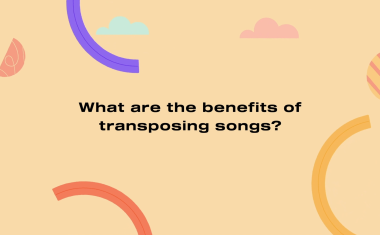How to practice accompanied vocal works?

You are already standing next to the piano, with the notes in your hand, waiting for the accompanist? That’s great! Perhaps she would be even four more minutes late?
This will give you a moment to think about one important issue. Namely, how to practice your vocal pieces with the accompanying instrument. This time really will not be wasted!
Your Internal Instrument
Your voice is a musical instrument too, like the violin, trumpet, and saxophone. Have you ever wondered what instrument do you associate your own sound with? Is your timbre warm and soft, like a well-played cello? Or is it rather resonant and vibrating, like a merry trumpet?
Once you visualize your inner instrument, bring out the first tones of it. Let us tune in, and play the first bars of the song with your voice. Your timbre will certainly harmonize beautifully with the rich sound of the piano. But wait a minute… Where are the lyrics?
Talk to me more…
It is the words you sing that determine the emotional dimension of the melody! So let us read them as if they were to be detached from the melodic line, and from the timbre of your voice.
At the beginning of the twentieth century, Kazimierz Przerwa-Tetmajer wrote the Erotic:
Talk to me more
Talk to me more… I missed for years
This kind of talk… Each of your words
Evokes sweet shivers in my soul –
Talk to me more…
You can imagine a pair of lovers, delighted by each other’s presence. Can you read those lyrics as if you were addressing it to your beloved one?
Remind yourself a situation when you could have recited these verses. Say them aloud and naturally. Now, are you ready to sing them?
Firstly, a capella
And at that very moment your late accompanist bursts into the room! The time for the sole recitation is over. Now – sing!
The way you stress the words determines the intelligibility of the lyrics. Therefore, while singing, you need to balance between the natural word stressing, and the musical structure of the tact and phrase created by Mieczysław Karłowicz.
Before the accompanist takes off his coat, sing him your interpretation a capella. Just sing it as if you were speaking – earnestly, emotionally – but still speaking.

The New Interpretation
This way the accompanist will understand your interpretation. She will hear the meaning of these words again before he hits the keys. She will understand that the new interpretation is necessary. Just before she would start to play the familiar, previously learned accompaniment.
Do work on the song together. Make the lyrics sound natural. Make the pianist’s and the vocalist’s breaths flow in one rhythm. The shared phrasing would naturally reflect the sighs of Tetmajerow’s lovers.
The accompanied vocal piece will convey much more emotion when practiced with understanding. It will allow you to combine acceleration and deceleration in expressive phrases. It will let you sing rubato without disturbing the subtle interplay of the voice and the instrument.


